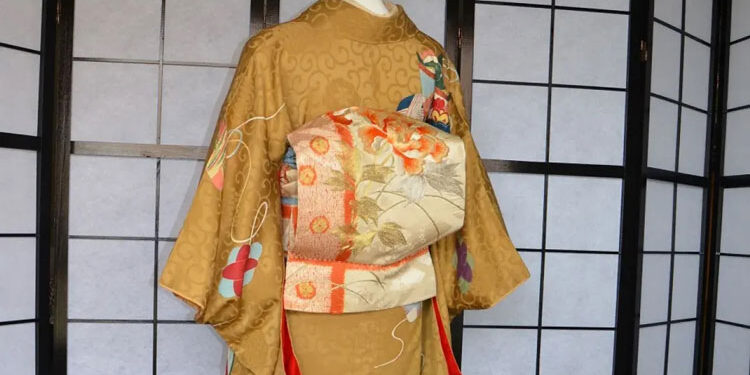Within the cycle of the Veranos de la Villa de Madrid, they arrive at the Espacio cultural Serrería Belga in the capital (calle de la Alameda, 15) various exhibitions and cultural events related to Japanese culture.
Until the next 16 September you can visit the exhibition Kimono, changing identity: a century on foot street, in which to contemplate 20 kimonos and accessories that show their development over the years.
Madrid and Japan, as a guest country of this edition of Veranos de la Villa, In 2024, they will converge to create a cultural kaleidoscope that celebrates the diversity and fusion of traditions in the heart of the city. And, so, we can enjoy the diversity of Japanese culture in various activities throughout the program, such as this exhibition that invites visitors to learn the secrets of the kimono.
This exhibition offers a journey through the history of this ancestral garment, from the early 20th century to the present. Through completely original pieces, the visitor will be able to discover how it has adapted to the trends of each decade, undergoing modifications almost invisible to the western eye.
Nineteen complete sets of this Japanese outfit, as worn by a woman on the street, and a Taishō-era bridal ensemble (1912-1926), are also accompanied by accessories, as bags, shoes, obidome (jewel) and magazines to show their development through the years.
On the other hand, until next September 6 takes place in this Cultural Space the show Kinpaku. Nature, power and imagination in Japanese art, where 10 biomes and 16 fans from the 16th and 17th centuries, the golden age of Japanese painting are exhibited.
Gold leaf, called kinpaku in Japanese, is a craftsman’s material that conveys the charm of gold in Japan, where it covers architectural and sculptural wonders throughout the archipelago. It is also part of the pieces that make up the exhibition Kinpaku. Japanese screens and fans, in which, thanks to the generosity of a person “adopted” Madrid, the Madrileños and visitors will enjoy a unique opportunity to see in Belgian Sawmill a collection of ten biombos (byôbu, “walls of wind”) and sixteen fans of the sixteenth and seventeenth centuries, golden age of Japanese painting.







